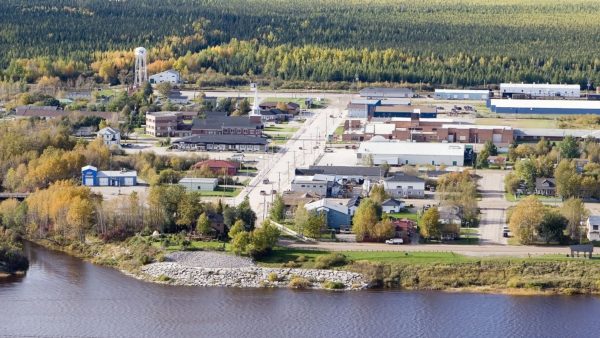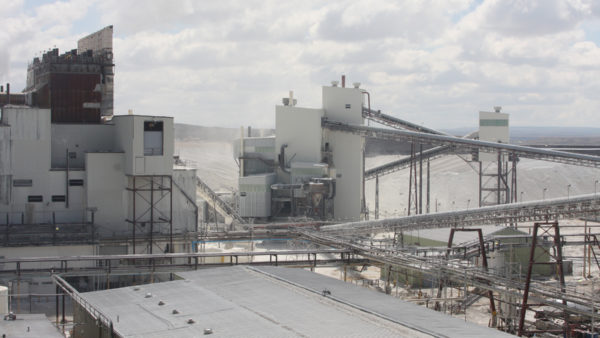Researchers say India could alleviate its growing shortage of sand, which is needed for concrete, by partially replacing it with waste plastic.
Research carried out by the University of Bath in the UK, and India’s Goa Engineering College, has found that concrete made with an admixture of ground-up plastic bottles is almost as strong as traditional concrete mixtures.
A booming construction sector and rapid urbanisation has sent cost and demand for sand sky-rocketing, researchers said. This has led to unregulated sand extraction from riverbeds.
If 10% of sand in concrete were replaced with plastic, the University of Bath estimates that 820 million tonnes of sand could be removed from India’s streets.
Researchers had to find a balance between the removal of sand and the addition of plastic. John Orr, the report’s principal researcher, said: "Typically, when you put an inert, man-made material like plastic into concrete, you lose a bit of strength because it doesn’t bond to the cement paste in the same way. Â
"The challenge here was to have a limit between a small reduction in strength, which we achieved, and using an appropriate amount of plastic to make it worthwhile."
Richard Ball, another researcher, added: "Even when the reduction in performance prohibits structural applications, lower tech uses such as paving slabs may be viable."
The research was published in the Construction and Building Materials journal.
According to the University of Bath, 15,000 tonnes of plastic are dumped on India’s streets each day.
Image courtesy of the University of Bath
Comments
Comments are closed.











The aim is to reduce the volume of cement used rather than just reduce the sand. Cement production, we are told, produces 5% of global greenhouse gases.
There was a time when recycled plastic products were an exciting environmental improvement but the concern now must surely be that using plastic in concrete and highway products is could be storing up yet more microplastic pollution for the future.
I seem to remember “no-fines” concrete worked rather well in forming unreinforced structures so see no reason why suitably prepared plastic shouldn’t do the same.